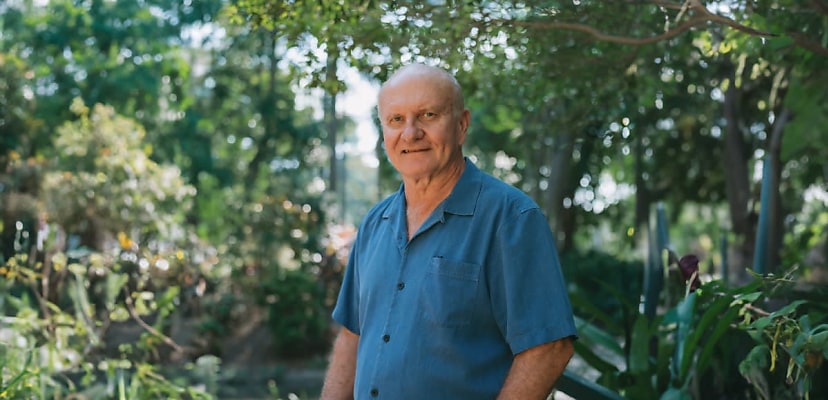Share this article on:
Powered by MOMENTUMMEDIA
For breaking news and daily updates,
subscribe to our newsletter.
Despite billions being spent, the returns are meagre, and the impact on our ability to think is dire, warns one Aussie academic.

Sure, AI is changing the way we work, play, and think, and it appears to be making a very small amount of people a very large amount of money, but what’s it actually doing to us and the world around us?
Nothing particularly good, says one Australian academic.
“Billions of dollars are being poured into artificial intelligence systems that promise to change how we learn and work. Yet, according to one major 2025 MIT study, 95 per cent of corporate AI investments have so far generated zero return,” CQUniversity’s Head of Educational Neuroscience, Professor Ken Purnell (pictured), recently wrote.
“This sobering statistic reveals an uncomfortable truth: the AI revolution isn’t delivering the transformation many expected. Instead, we’re witnessing a widening gap between the dream of a tireless digital study buddy – one that helps us think, write and solve problems – and the reality of fragile, energy-hungry technology that often costs more than it contributes.”
As schools and universities across Australia introduce in-house AI assistants for teachers and staff, the benefits seem obvious. Big ideas can be easily explained, lengthy documents summarised in point form, and essays proofread – all at scale and speed.
However, this ease of use is not without cost.
“Neuroscience tells a different story. When people outsource their thinking to AI, brain connectivity and learning capacity actually weaken. Genuine learning depends on active engagement: questioning, refining and extending what AI suggests,” Professor Purnell said.
“As I often remind students, you must lead the thinking – AI can only follow. The real power comes from collaboration, not delegation. Don’t outsource your brain.”
Professor Purnell also poured cold water on the idea that AI uptake is driving profits and productivity. Most projects, the Professor said, simply fail or stall before showing any positive results.
“Only a small fraction – roughly five per cent – achieve lasting impact, and those are the ones that embed AI strategically and focus on targeted, solvable problems,” Professor Purnell said.
“The rest find themselves caught in what I call the ‘prestige loop’: investing in AI for status, not strategy. In too many cases, ‘AI’ becomes a convenient scapegoat for layoffs or underperformance. But technology isn’t making these decisions – leaders are. It’s time to question the mantra that ‘AI did it’.”
And while AI may be a let-down in both the classroom and the boardroom, it’s the environmental costs that could cause the greatest harm. The costs are hidden from most and the costs are mounting in a world already pushed to the edge of disaster by climate change.
“Every AI prompt draws on vast, energy-hungry data centres that consume staggering amounts of electricity and water,” Professor Purnell said.
“By the late 2020s, AI-specific electricity use could rival a quarter of household power consumption in developed nations, and in some regions, pushing data centres toward 15 per cent of national energy loads. The convenience of instant answers comes with real-world costs – costs we no longer can afford to ignore.”
AI can be a powerful tool, but not in the form of the dangerous sycophancy offered by models like ChatGPT. Used as a partner, instead of as a prop, it has the capacity to truly augment human experience, rather than replace it.
“The danger lies in passivity. Overreliance on AI breeds cognitive laziness and dulls expertise. When people accept AI’s output uncritically, they lose the opportunity to think deeply or creatively themselves,” Professor Purnell said.
“As institutions chase the next big thing, success will belong to those who pair human judgment with technological capability, not those who surrender one to the other. The best outcomes happen when we stay in the driver’s seat – not when we hand over the wheel.”

David Hollingworth has been writing about technology for over 20 years, and has worked for a range of print and online titles in his career. He is enjoying getting to grips with cyber security, especially when it lets him talk about Lego.
Be the first to hear the latest developments in the cyber industry.